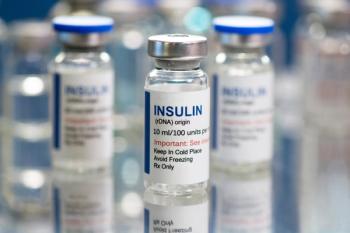
Autism: Commonly Diagnosed, Poorly Understood
Autism is more commonly diagnosed in children than juvenile diabetes, AIDS, and cancer combined, but researchers have a long way to go in understanding the condition's cause.
Autism is more commonly diagnosed in children than juvenile diabetes, AIDS, and cancer combined, but researchers have a long way to go in understanding the condition’s cause.
In March 2012, the Centers for Disease Control and Prevention estimated that approximately 1 in 88 children in the United States has been diagnosed with autism. The condition is so common that more children are diagnosed with it each year than juvenile diabetes, AIDS, and cancer combined. Despite the condition’s prevalence, however, scientists and doctors still know little about what causes it and how it can be effectively treated and prevented.
The term autism is commonly used as an umbrella term for the many disorders that fall under the category of autism spectrum disorder (ASD). Autism spectrum disorder is a range of brain development disorders that most commonly affect communication and social interaction. Autism, also called autistic disorder or classic autism, is the most extreme form of ASD. Other disorders on the spectrum include Rett Syndrome, childhood disintegrative disorder, Asperger syndrome, and pervasive developmental disorder not otherwise specified (PDD-NOS).
People with ASD can have a range of different symptoms at different levels of severity. Children with excellent verbal communication and average-to-above-average intelligence who display autistic behaviors, such as difficulty with social interactions, are often diagnosed with Asperger Syndrome. Children with slightly more severe symptoms are usually diagnosed with PDD-NOS.
The most common symptoms of autism are abnormal communication and social skills. Children with autism often do not make eye contact, have trouble making friends and interacting with others, and have a lack of interest in social activities. These children sometimes have difficulty understanding tone of voice and facial expressions or are unable to consider the feelings of others. Autistic children are often more interested in certain objects or subjects than they are in making friends and interacting with their peers.
Young children with autism typically do not start speaking until they are at least 2 years old—much later than most children. Some never learn to speak, while others may develop unusual language patterns, frequently involving repetition. Others develop repetitive physical behaviors such as rocking or twirling.
Autistic children usually start to show these symptoms when they are approximately 2 or 3 years old. Once parents observe symptoms that suggest their child may have some form of ASD, a diagnosis requires cognitive and language evaluations from several doctors including a psychologist, neurologist, psychiatrist, and speech therapist.
Although doctors can diagnose the various disorders on the spectrum, they are so far unable to determine what causes the disorder. Research suggests that certain genes put people at a greater risk for developing autism and that factors such as a difficult pregnancy or birth also play a role. However, further research is needed.
There is currently no cure for autism. However, studies have shown that early diagnosis coupled with therapy can improve symptoms as children age. Continued research is critical in order to help the millions of people who are affected by autism to better understand and manage their condition.
Newsletter
Stay informed on drug updates, treatment guidelines, and pharmacy practice trends—subscribe to Pharmacy Times for weekly clinical insights.












































































































































































































